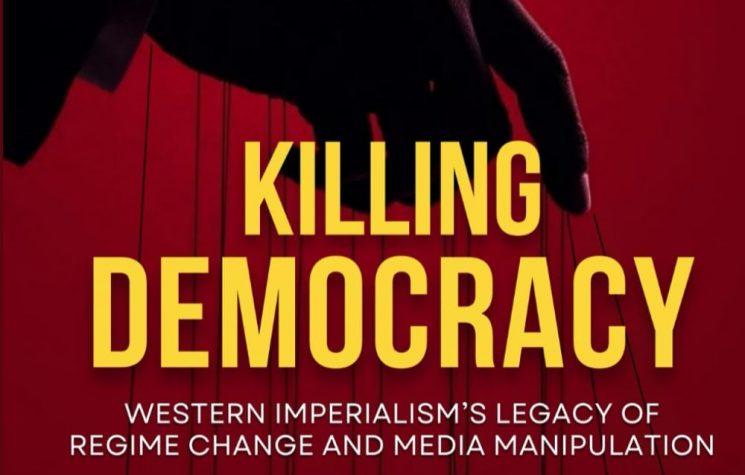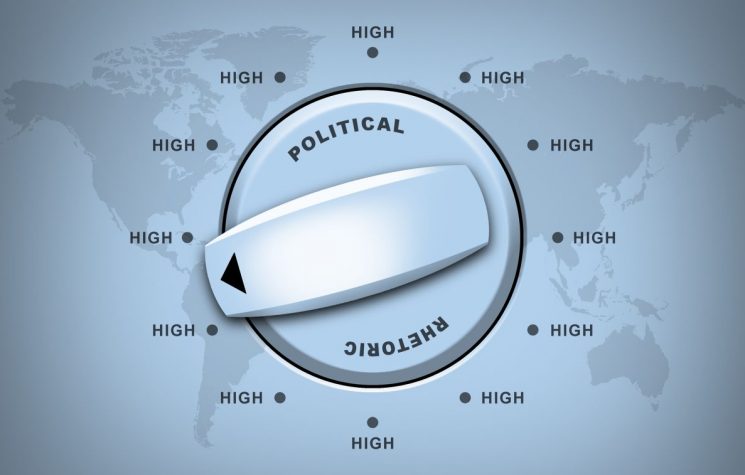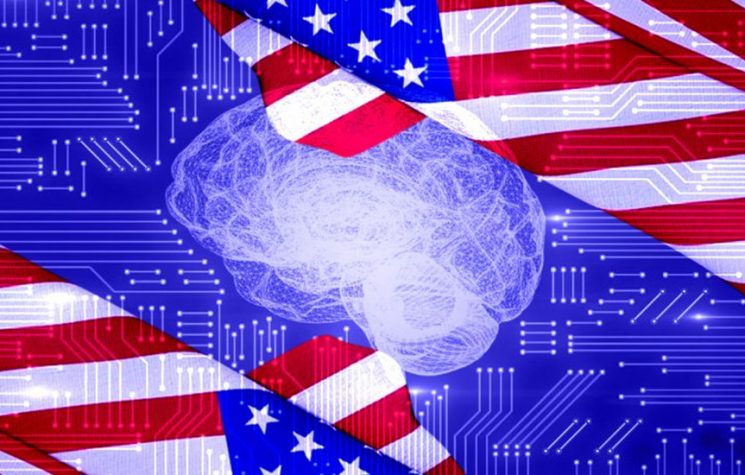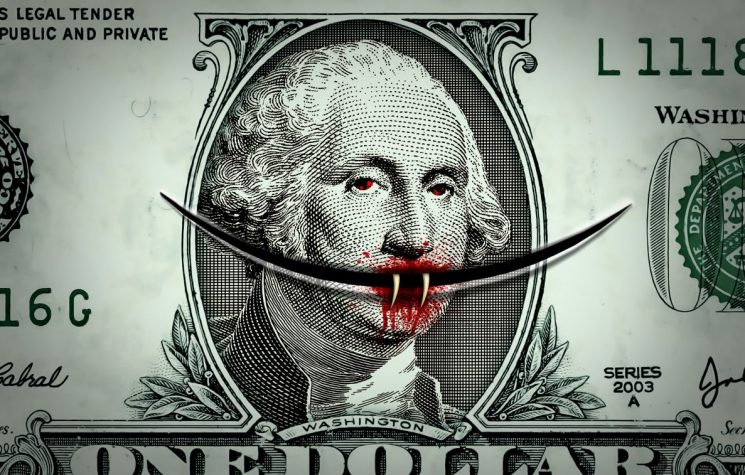Join us on Telegram![]() , Twitter
, Twitter![]() , and VK
, and VK![]() .
.
Contact us: info@strategic-culture.su
Covid’s pandemic has revealed the conflict of interest inherent to the American knowledge production model, in which the state subsidizes a scientific research that inevitably results in drugs patented by private companies. Big Pharma shares its staff with FDA, which can always privilege the interests of companies and hide behind its technical character when political challenges appear. It is the untouchable revolving door. Moreover, Big Pharma’s accumulated capital let them to subsidize politicians’ campaigns from both parties and still secure an aligned press, that reports the facts to their liking, and presents their manufactured influencers as reliable experts. The scientist who has won a medical Nobel knows nothing. The one who speaks the truth is the science communicator who read Sagan and is funded by Pfizer. In the end, this “consensus” allows the state to still give Big Pharma more money by buying patented vaccine for its entire population.
Then the Zionist lobby issue showed that this capture of the state for particular interests is a structural trait of the American political system. The money given to Israel goes to lobbyists who work for the state to give more and more money for the wars of Israel. The American system is made to go wrong: the same state that gives public money to private health research or to Israel feeds actors that will, at the end of the day, use this very money to tear even more public money for their own benefit.
It is possible to make a deep materialistic analysis of this. But it was by reading Decadência da psiquiatria ocidental (or “Decay of Western Psychiatry”) (2021), by Brazilian forensic psychiatrist Guido Palomba, that I realized that the problem has an epistemological root.
Democracy in psychiatry led to plutocracy
The psychiatrist begins the book by pointing out the fact already noted by every skeptical spirit: that it is enough to enter a psychiatric office to have a diagnosis and a drug prescription. In the book, we see that the thing is so severe that doctors, in practice, can already be replaced by AI: “Artificial intelligence in psychiatry is based on data, protocols, ready-made questions and answers converted into standards to be subjected to algorithms, final score and comparison with the paradigm. Next comes the diagnosis, the medication recommendation, the dosage, the prescription filled out and signed by the doctor on duty, the links to the pharmacies where it can be purchased, how much it will cost, whether or not a home delivery service is needed and the time it takes, which is increasingly shorter, considering drones, which are faster and more efficient than motorcycle couriers” (p. 152).
This is possible only because the psychiatrist formation abolished causality and became ruled by statistics. DSM means Diagnostic and Statistical Manual of Mental Disorders and is a publication made by the American Psychiatric Association (APA). Thus, DSM has a list of mental illnesses that are defined by a list of symptoms. APA does not offer the name of a theorist, or anything; it offers only a list of diseases and a statistical list of characteristics. Based on this, questionnaires are created with a score that varies according to the number of characteristics of the disease assumed by the patient. To close a diagnosis, it is up to the doctor to apply a questionnaire and add the score. If a sad patient with dating breakup enters a psychiatric office, all the doctor has to do is apply a questionnaire to prescribe the antidepressant – he doesn’t even have to find out the breakup. Statistically, depressed people have the same symptoms as he and this is what matters, not the causes of sadness.
In Decay of Western Psychiatry, Guido Palomba gives at the same time a chronology and an explanation of the phenomenon. From the nineteenth century to the first half of the twentieth century, psychiatry lived its best phase. There were different schools aimed at explaining the same phenomena. In the 1950s, after chemical experiments with mescaline and synthetic drugs (a matter that we comment here), the way for psychopharmaceuticals opens: mental diseases are explained as chemical imbalance, to be corrected with drugs. Thus arises the financial reason to increase the number of diagnoses and, therefore, to sell medicine. To make matters worse, this coincided with the TV age, when advertising became much more efficient.
The postwar period was also the one of UN relevance. Given this scenario of plurality of theories and countries, WHO creates the International Classification of Diseases (ICD), aiming at the standardization of diseases. This was not a scientific investigation, but the creation of a doctor’s Esperanto, so to speak, to be used in global statistics. ICD is made by “democratic” consensus, not by theorization. In the end, textbooks, endowed with scientific theories and causal explanations, were replaced by convention books to be decorated and mechanically applied (ICD and DSM).
No wonder DSM itself reports that its content has no applicability in forensic psychiatry – an area in which the psychiatrist, without marketing pressures, has to be accountable to the judge when assessing the causes of criminals’ behaviors and their dangerousness. The idea that the same scientific theory serves to clinics, but it is not good to give opinions on the mentally ill after they commit crimes, is bizarre. The point is that clinical psychiatry is not guided by a scientific theory, simple as that.
From the fact that clinical psychiatry is subject to the influence of the market, follows its decay. Forensic psychiatry, however, remained a bastion for accounting for court. In addition to the area of forensic psychiatry, Guido Palomba recommends the book Mental Health Survival Kit, by Danish doctor Peter Gøtzsche, as examples of resistance.
Crazy Democratism
Where does this brilliant idea of deciding what is true based on consensus come from? In a completely different book (Death of the Liberal Class, by American journalist Chris Hedges), I saw the story of how the Universal Unitarian Church decided to create its Seven Principles. The children of the members of this liberal Protestant Church could not tell his classmates what the creed of their own religion was, and then they asked parents – who also could not answer. Thus, the leaders made a census, asking the faithful themselves in which they believed, and created the Seven Principles based on majority answers.
It seemed to me a completely crazy idea. But we can see that their cultural context allows this. And so we understand where DSM’s crazyness comes from: if these people are democratic even to define religious truth, it is no wonder it is so with scientific truth. And given the tabula rasa to which the institutions are reduced (for both Church and Science are there to be filled with whatever the vote decides), it is no wonder that the state itself is devoid of a cohesive self-interest, distinct from the interest of corporations and individual citizens. Instead of having a life of its own, the U.S. state stands like a neutral host waiting for the most competent parasites.



































